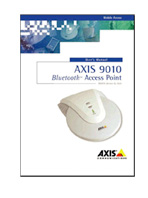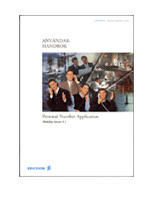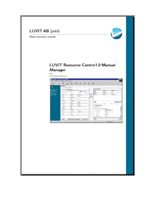
Technical information explains the technical; with
text, images and sound in combination. To make the unintelligible
understandable. To make gibberish into plain words. To inform, educate,
train and enlighten - with the goal that the product or service should be
used in its optimal way.
To describe technical processes and procedures so that ordinary people can
understand.
Should you really need an engineering degree in order to set your video
recorder? Or a dictionary to cook in your new microwave oven?
A good text invites reading, is easy to understand
and sticks in your memory.
One of the more important tasks for a writer is to
organize the content of a text; for the reader to understand and remember.
To achieve this, the writer must know for whom she writes, and why. The
writer needs facts and figures, enough to be able to describe the product,
its benefits and functions. In order to do this, the writer often need to
test the product, read background information, look at blueprints, drawings
and market benefits; understand the whys, whats, and don'ts.
The technical writer may very well be the first to
thoroughly test the product and give feedback to the developers about its
faults and function.
Technical information is about usability and
useworthyness (yes we invented a new word).
The information can be delivered in a printed manual
or handbook, directly on a computer screen or as an interactive on-line
help.
It can be viewed on DVD or as a multimedia presentation, or Overheads or
color slides.
The instructions can be printed directly on the product or the box;
descriptions can be on signs or stickers.
The technical user information follows the product during its entire
life-cycle.
Mounting - Installation - Start-up - Use - Maintenance - Termination.
The keyword for good technical information is user friendly


